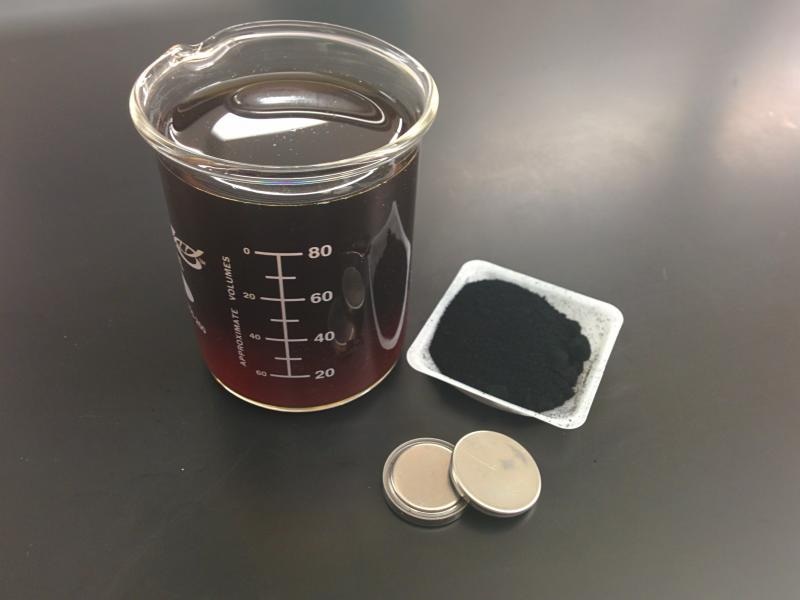Apr 3 2018
A main byproduct in the papermaking sector is lignosulfonate, a sulfonated carbon waste material, which is usually combusted on site, discharging carbon dioxide into the atmosphere after sulfur has been trapped for reuse.
 Image credit: Rensselaer Polytechnic Institute
Image credit: Rensselaer Polytechnic Institute
A team of researchers at the Rensselaer Polytechnic Institute have formulated a technique to use this inexpensive and copious paper biomass to construct a rechargeable lithium-sulfur battery. This type of a battery could be used to power big data centers as well as provide an economical energy-storage option for microgrids and the traditional electric grid.
“Our research demonstrates the potential of using industrial paper-mill byproducts to design sustainable, low-cost electrode materials for lithium-sulfur batteries,” said Trevor Simmons, a Rensselaer research scientist who designed the technology with his colleagues at the Center for Future Energy Systems (CFES). He has patented the process with graduate student Rahul Mukherjee.
Rechargeable lithium-ion batteries presently are the leading battery technology. In the past few years, however, a lot of interest has developed around promoting lithium-sulfur batteries, which can have over double the energy of their lithium-ion equivalents of the same mass.
A rechargeable battery consists of two electrodes - a positive cathode and a negative anode. Positioned in between the electrodes is a liquid electrolyte that acts as a medium for the chemical reactions that create an electric current. In a lithium-sulfur battery, the cathode is made up of a sulfur-carbon matrix, and a lithium metal oxide is used for the anode.
Sulfur is nonconductive in its elemental form, but when integrated with carbon at elevated temperatures, it becomes very conductive, allowing it to be used in innovative battery technologies. The challenge, however, is that sulfur can simply dissolve into a battery’s electrolyte, resulting in the electrodes on either side to worsen after just a few cycles.
Researchers have used various forms of carbon, such as complex carbon foams and nanotubes, to confine the sulfur in place, but with partial success. “Our method provides a simple way to create an optimal sulfur-based cathode from a single raw material,” Simmons said.
To develop their technique, the Rensselaer team collaborated with Finch Paper in Glens Falls, which provided the lignosulfonate. This “brown liquor” (a dark syrupy substance) is dried and then heated to around 700 °C in a quartz tube furnace.
The high heat drives off most of the sulfur gas but keeps some of the sulfur as polysulfides (chains of sulfur atoms) that are fixed deep within an activated carbon matrix. The heating process is repeated until the correct quantity of sulfur is captured in the carbon matrix. The material is then ground up and blended with an inert polymer binder to develop a cathode coating on aluminum foil.
The research team has thus far built a lithium-sulfur battery prototype that is the size of a watch battery, which can cycle around 200 times. The subsequent step is to expand the prototype to significantly increase the discharge rate and the battery’s cycle life.
In repurposing this biomass, the researchers working with CFES are making a significant contribution to environmental preservation while building a more efficient battery that could provide a much-needed boost for the energy storage industry.
Martin Byrne, CFES Director of Business Development
Preliminary funding for the research was from the New York State Pollution Prevention Institute (NYSP2I). The researchers then secured a Bench to Prototype grant from the New York State Energy Research and Development Authority, administered through NY-BEST (New York Battery and Energy Storage Technology), to more completely develop the technology.